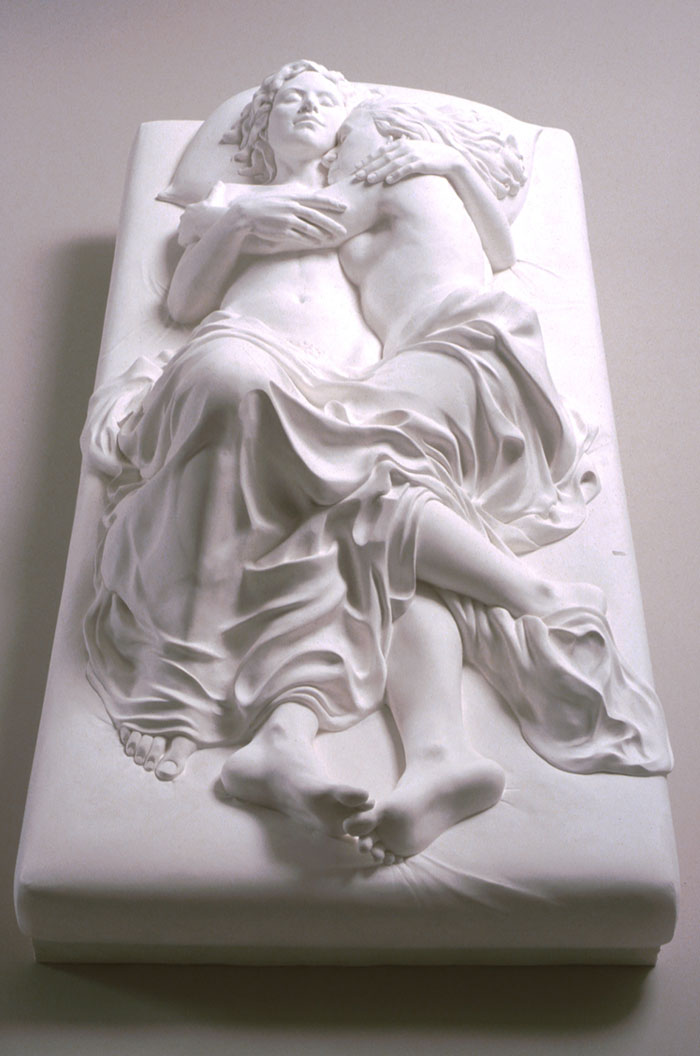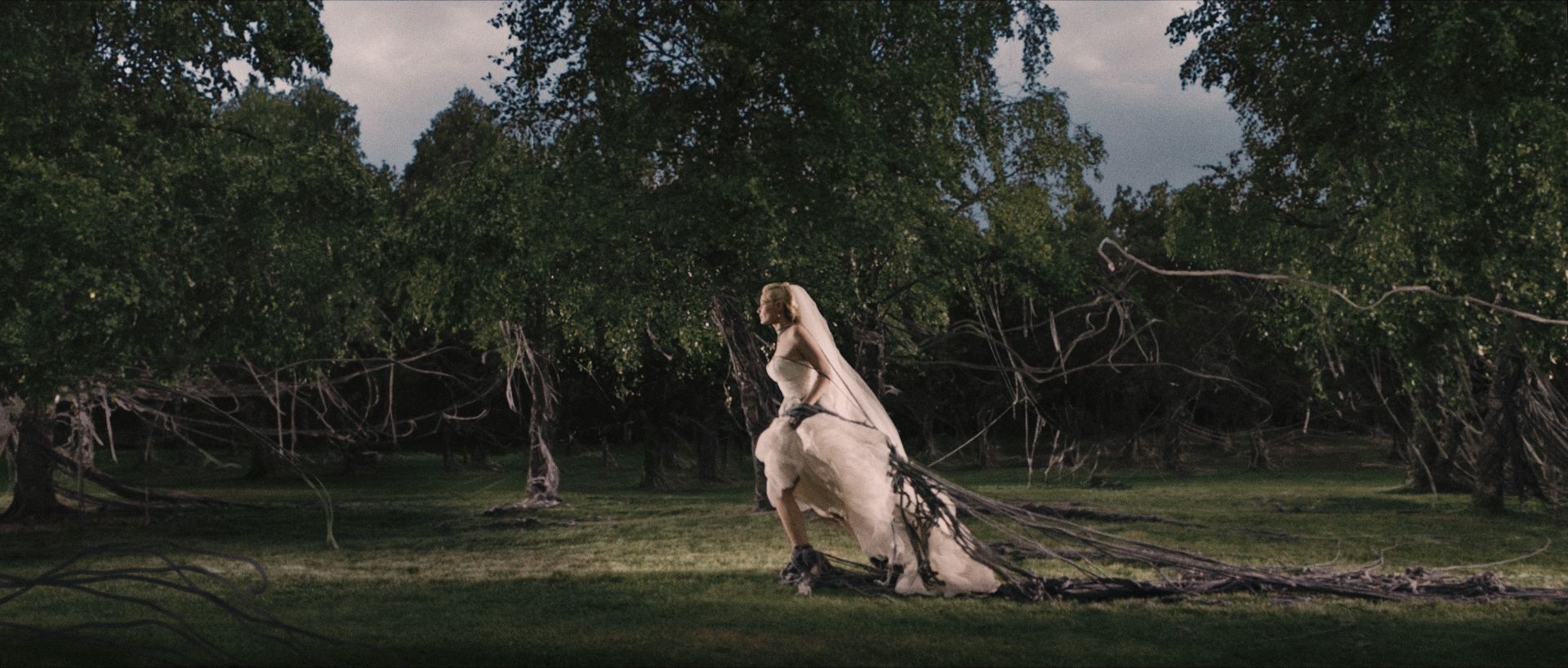“How many missed calls have you got?”
“Twenty-eight.”
“That’s bullshit, I’ve got seventy-three!”
This short exchange happens in possibly one of my favourite ever TV episodes—its lines frantically whispered between David Mitchell and Robert Webb’s characters (Mark and Jeremy) on the British series Peep Show as they perch in an upstairs balcony, hiding from Mark’s wedding which is unfolding below. “He’s horrible,” screams Sophie, Mark’s new wife, later in the episode, as she runs out of the car to escape her reluctant husband.
I’m getting married today (not as I write this, you understand, though I imagine my husband-to-be wouldn’t put that past me), and while I can’t relate to the dread felt by Mark about his impending nuptials, it remains a cathartic and slightly-too-close-to-the-bone watch. Please, my partner and I half-joked a few months ago while watching the episode in question, even if you do feel a shred of doubt on the day, just don’t let me see it in your face—we can talk about it the next day instead.
“I am feeling excited, nervous, tearful, sick and giddy. It’s kind of elating, and it’s certainly increasing my productivity levels.”
Weddings intensify everything, and, as we’ve heard again and again, it is destined to be the “happiest day of your life”. This level of pressure can’t be healthy for anyone, and it can certainly lead to a maniacal state (so I’ve heard). In striving for total happiness and nothing else, we miss what is truly human—the wide gamut of emotions that comes with the human condition—about both ourselves and our partners. As I write this, a day before finishing work for wedding prep, I am feeling excited, nervous, tearful, sick and giddy. It’s kind of elating, and it’s certainly increasing my productivity levels.

Weddings are everywhere in the arts. I am a huge fan of Akram Zaatari’s wedding photo series The End of Love, which shows black and white images of real newlyweds in full garb in his studio in Lebanon. They capture a wonderfully comforting sense of imperfection, with wooden stances—many of which were selected from a book Zaatari had on hand so subjects could pick their pose—and awkward glances. The poses mimic the pose you do when you’re being formal and happy—but it’s the quirks and wobbles in each couple that make them relatable.
Of course, the idea of marriage often calls to mind notions of tradition and set formula, and Patricia Cronin delves into the complexities of wedded bliss in her Memorial to a Marriage—more precisely, who is empowered to access it. The work is a sculpture which shows herself and her partner, the artist Deborah Kass, in a loving embrace, depicted in the style of a nineteenth-century sculpture. The work is a monument of sorts to marriage equality—the pair were married on the day same-sex unions were legalized in New York. If this hadn’t passed, the work would of course be a monument to a marriage that could never be.

Going much further back, I enjoy the oddness of Joseph Highmore’s IX: Pamela Is Married, where two bobble-headed characters with rosy cheeks stand in a small chapel. The painting is based on the first part of Samuel Richardson’s book Pamela; or, Virtue Rewarded, in which the lead character is married in private. Rather hilariously, one of the few background characters, the housekeeper Mrs Jewkes, is holding a bottle of smelling salts, in case the excitement overwhelms her.
Some of my favourite depictions of confusing wedding-day emotions still exist in film and TV. Another episode of Peep Show features Jeremy dancing alone as his visa bride (with whom he is desperately in love) heads off early for a job interview.

Of course, if you want to go truly apocalyptic (quite literally), try Lars von Trier’s Melancholia, in which a brooding Kirsten Dunst floats around the grand grounds of a country-house hotel on her wedding weekend, as blackened clouds gather overhead and a giant blue planet, twenty times the size of planet Earth and also named Melancholia, draws ever closer. Dunst’s bride, Justine, falls deeper and deeper into her depressed state, which at points touches on a calm sort of ecstasy.
One emotion I’m not feeling right now is calmness—though I am feeling a heck of a lot of ecstasy, which is kind of like happiness propelled by thirty double espressos.





